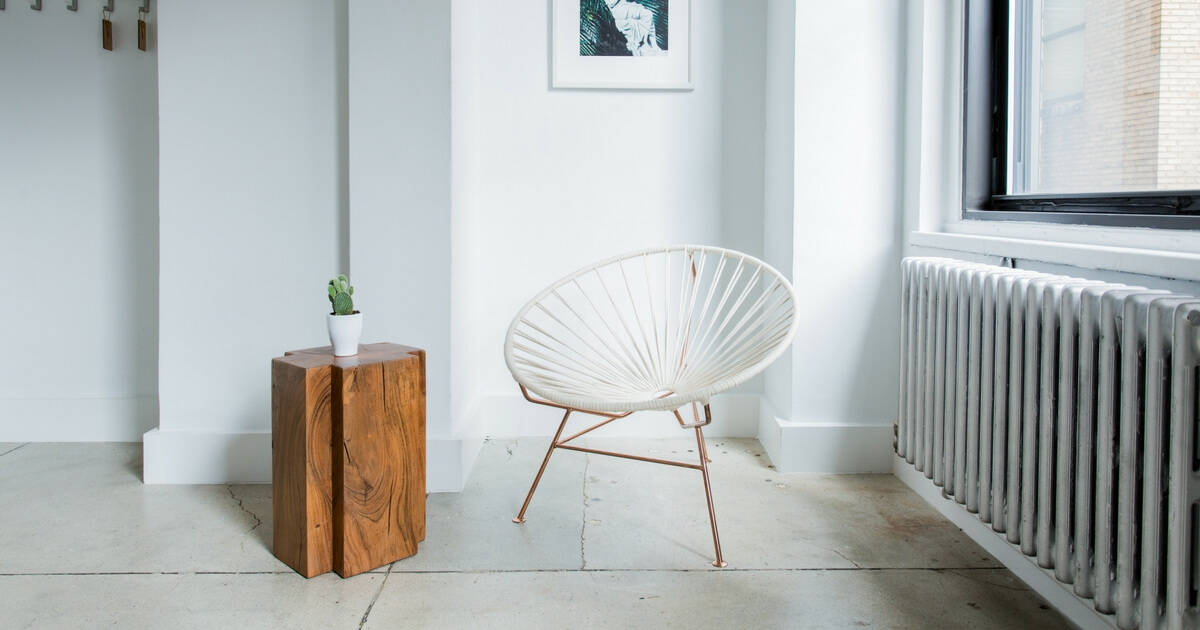
Is your radiator not heating up? You’ve got random heat spots but the radiators not working.
Even though the radiator temperature is turned up high you notice that your radiator is cold at the bottom.
Radiator not working properly
Is your radiator cold at top, hot at bottom?
Does your radiator have cold areas at the top?
If so, the chances are that you have air in your radiators, this video shows how to bleed your radiators yourself.
If you notice that your radiator is cold at the bottom this would indicate that you need a power flush.
Please see the power flushing FAQs page of our website.
Do you wish the radiators in your home would perform as they should and heat the entire property without costing a fortune?
Have you noticed that some of the units on your walls remain cold at the top, even when you switch the boiler on and the radiators are hot at the bottom?
Then you’ve come to the right place today.
The information on this page will draw your attention towards the cause of the problem before pointing you in the right direction when it comes to finding a remedy.
Of course, you can always call the experts if you need professional assistance.
IDENTIFYING THAT YOU HAVE A PROBLEM
Firstly, it’s essential you know how to identify that you have an issue with your radiator.
All units will become hotter at the top than they do at the bottom during use because that’s how they’re designed to work.
Heat rises and pushes cold air downwards, and so there is nothing unusual there.
However, if your radiator is hot at the top and cold at the bottom while producing much less heat than it should, there is a decent chance you need to take action before the issue becomes any worse.
The info below explains the cause of your problem and how to solve it.
THE REASON FOR YOUR "HOT AT THE TOP AND COLD AT THE BOTTOM” PROBLEM
If you’re 100% confident that your radiators aren’t working as they should and you also have a heat distribution issue, there is a reasonable chance you have sludge in your radiator.
That can happen to any unit, and it doesn’t mean you’ve done anything wrong.
You just need to take action and flush it out as soon as possible if you want to return your radiator to perfect working condition.
Most people pay a plumber or engineer to do that because those metal products are somewhat heavy, and you don’t want to cause an injury.
The build-up of sludge in your radiator is a mix of rust and dust that forms over a period of time.
If you don’t flush that stuff out, your heater will continue to malfunction, and you will struggle to create the best airflow in your home.
HOW DO YOU FLUSH THE SLUDGE OUT OF YOUR RADIATOR?
The process of flushing the sludge out of your radiator is straightforward, but the job can become a little dirty, and that is why most people will choose to employ the services of professionals.
If you decide to have a go at completing this task without the assistance of the experts, just follow this step-by-step guide as closely as possible.
- Turn off your water and heating.
- Put sheets down to protect your flooring and furniture.
- Turn off all the values on your radiator to block it off from the system.
- Find the bleed valve and open it until the radiator begins to drain before closing it again. (TIP: You’re going to need some buckets or something to catch the stuff that comes out.)
- Disconnect your radiator, take it into the garden, and then hose it down until there is no sludge left inside.
- You can learn more about bleeding your radiators here.
- What happens if you don’t flush your radiators?
FURTHER PROBLEMS OCCURING?
If you notice a problem with your heating system, but you don’t flush your radiators at any point, the issue will become worse until it’s almost impossible to heat your home.
Whether you undertake the job alone or employ the services of professionals, there is no getting away from the fact that the situation will not improve until you flush all that rubbish out of your units and ensure the liquid can flow through them freely.
Just don’t panic too much about the cost because specialists in the plumbing industry will never charge to earth for such a straightforward job.
Just shop around until you find the best quote.
CONCLUSION
Now you know how to deal with a radiator that is hot at the top and cold at the bottom, nothing should stand in the way of you rectifying the situation.
When all’s said and done, flushing is a simple part of radiator maintenance, and it’s something most homeowners will have to do at some point during their time in their properties.
At least now you understand the ins and outs of the process, and so you shouldn’t stress too much if those issues arise in your house during the next few months.
Whatever happens, we hope you manage to sort all heating issues as quickly as possible in the future.

